In response to the concern expressed by students, staff, and parents, UI Extension SNAP-Education Educator Kaitlyn Streitmatter worked with Beverly Manor Junior High in Washington, IL to investigate ways to reduce food waste in the school’s cafeteria as well as increase the amount of healthy food consumed by students. A plate waste audit was conducted to determine how much of the food served to students ended up being uneaten and sent to landfill. That initial audit found 107.74 pounds (27%) of school-food served ended up as waste.
Streitmatter worked with the district’s food service director, Joan Wood, to implement an “offer vs. serve” approach in the cafeteria. “Offer vs. Serve” is a provision of the National School Lunch Program (NSLP) and School Breakfast Program (SBP) which allows students to decline some of the offered components of a “reimbursable meal.” A “reimbursable meal” in NSLP is one which includes offering five required food components–fruits, vegetables, grains, meat or meat alternate, and fluid milk (requirements are slightly different for the SBP). This is meant to ensure that children are eating nutritionally balanced meals. Often, schools or districts participating in the NSLP and SBP believe that in order to receive reimbursement from the USDA, students MUST take all of the food components served. Of course, not all children will eat every item served by a food service program–if a school serves peaches, for example, and a child loathes peaches, then the fruit on that child’s tray is destined for the waste stream. Other factors come into play in determining whether or not a child will eat a given item, such as the seated time they have during their lunch period, how much they talk to friends at lunch as opposed to eating, how they’re feeling that day, etc. But the point is, if you serve the same things to all children in your cafeteria, without taking into account the children’s preferences, you’re creating a situation in which food waste will be higher than otherwise.
The “offer vs. serve” strategy allows schools to offer students a selection of items within a given food component group–for example, a choice of peaches, apple slices, or a banana for the fruit component. A meal is reimbursable as long as it includes a certain number of food components in minimum required amounts or serving sizes. So in a school that practices “offer vs. serve,” the child that loathes peaches might opt to instead take the apple slices she loves, and thus actually eat the fruit. This results in a “triple win”–the child gets the nutrition the food service workers intended for her, the school doesn’t waste money on food that ends up being hauled away as waste, and of course, the environment wins because less material is sent to landfill.
Streitmatter conducted training for food service staff to ensure understanding and successful implementation of the “offer vs. serve” policy. Students and school staff also received training and additional signage was posted to help guide participants. The policy was piloted with the school’s eighth grade but was adopted across the school when it proved successful.
A second plate waste study was conducted after the policy change and showed food waste dropped to 53 pounds (12.7%) across the 400 students in grades 4-8.
For more information about this case study, see “New policies reduce school lunchroom food waste” in the Sept. 27, 2019 edition of Agrinews. You may also wish to contact Kaitlyn Streitmatter or Beverly Manor Junior High.
For more information on “offer vs. serve,” see the following resources:
Green Lunchroom Challenge Suggested Activity: Employ the principles of “offer versus serve”
Updated Offer vs Serve Guidance for the NSLP and SBP Beginning SY2015-16 from the USDA Food and Nutrition Service
Offer versus Serve National School Lunch Program Posters from the USDA Food and Nutrition Service
Cashier’s Training: Reimbursable Meals Participant’s Workbook from the Institute of Child Nutrition
For guidance on conducting a plate waste audit at your school, see:
Green Lunchroom Challenge Suggested Activity: Do a baseline lunchroom waste characterization (pre waste-free lunch day or policy implementation)
Green Lunchroom Challenge Suggested Activity: Do a follow-up lunchroom waste characterization (post waste-free lunch day or policy implementation)
Guide to Conducting Student Food Waste Audits: A Resource for Schools from the USDA, US EPA and the University of Arkansas
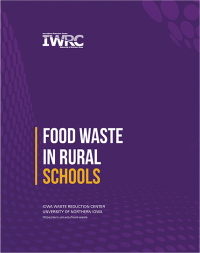
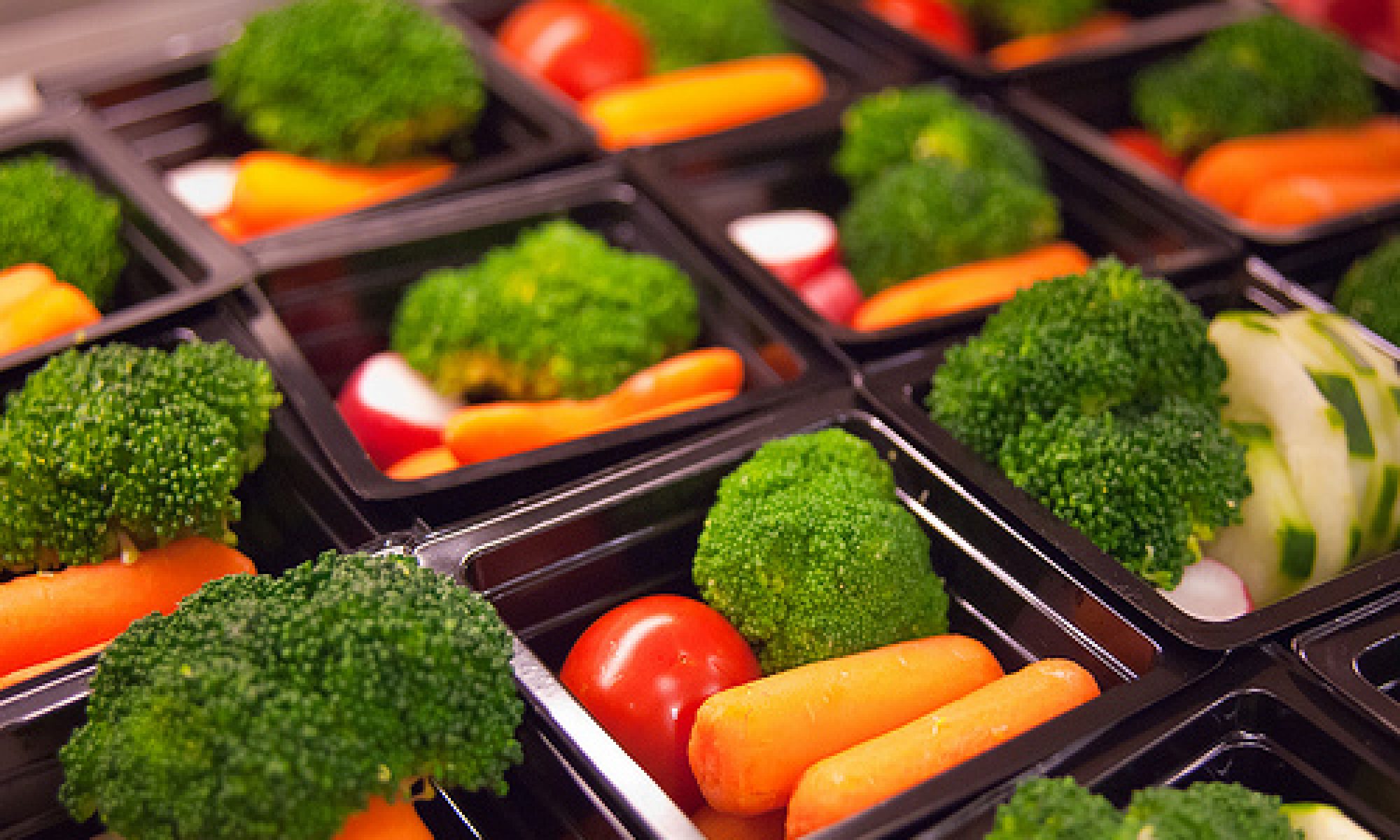
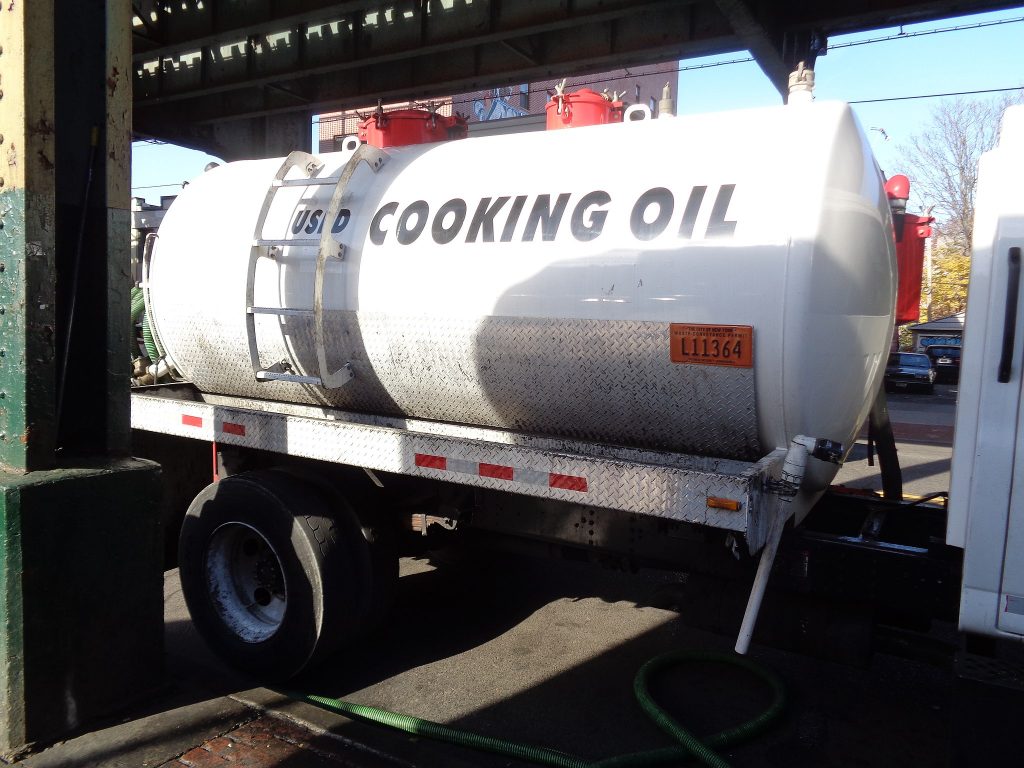
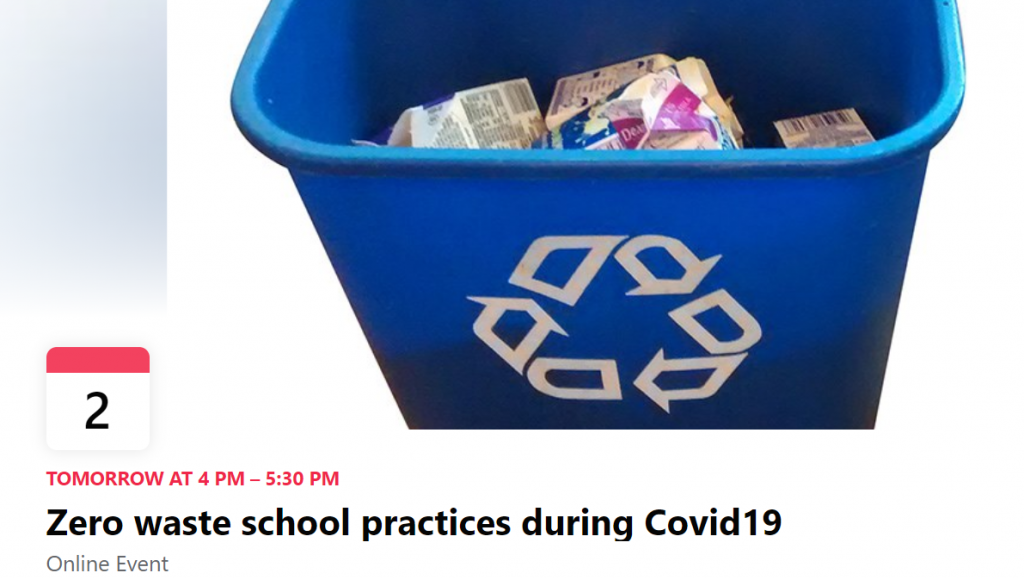
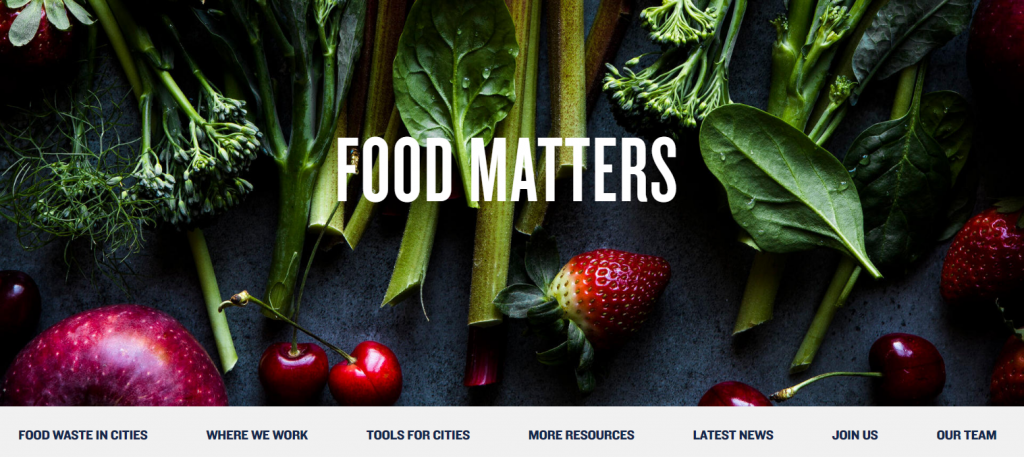
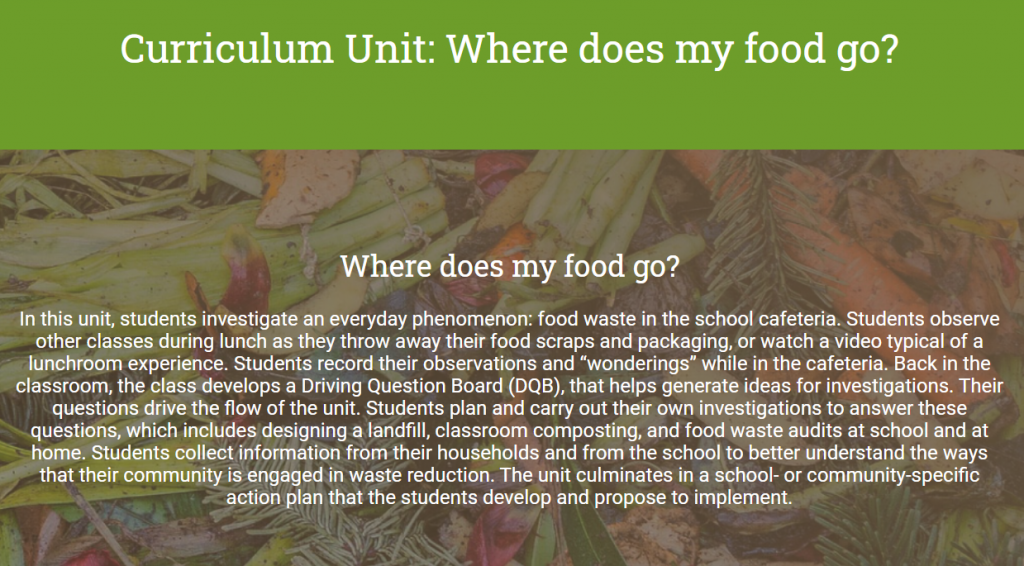
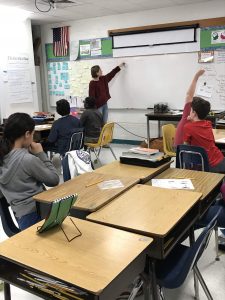 Amanda Price piloted the unit in two fifth grade science classes at Butler Elementary and Sandburg Elementary February-March 2020. Both schools are located in Springfield, IL. Amanda works as a Graduate Public Service Intern (GPSI) in the offices of Environmental Education and Community Relations at Illinois EPA. The
Amanda Price piloted the unit in two fifth grade science classes at Butler Elementary and Sandburg Elementary February-March 2020. Both schools are located in Springfield, IL. Amanda works as a Graduate Public Service Intern (GPSI) in the offices of Environmental Education and Community Relations at Illinois EPA. The 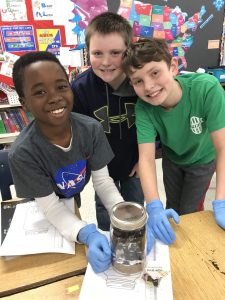 driven by student questions. It teaches students the importance of food waste reduction, landfill diversion, and composting as part of a circular food system. Students create “landfills in a jar” with materials given to them with the goal of protecting the sand, or “groundwater,” at the bottom of the jar. Students also create “compost in a jar” using fresh food scraps and other compostable materials. Students monitor their jars throughout the unit and record scientific data such as temperature and mass. They learn how bacteria act as decomposers. The unit also incorporates map-reading and asks students to think critically about the pros and cons of choosing space for new landfill construction.
driven by student questions. It teaches students the importance of food waste reduction, landfill diversion, and composting as part of a circular food system. Students create “landfills in a jar” with materials given to them with the goal of protecting the sand, or “groundwater,” at the bottom of the jar. Students also create “compost in a jar” using fresh food scraps and other compostable materials. Students monitor their jars throughout the unit and record scientific data such as temperature and mass. They learn how bacteria act as decomposers. The unit also incorporates map-reading and asks students to think critically about the pros and cons of choosing space for new landfill construction.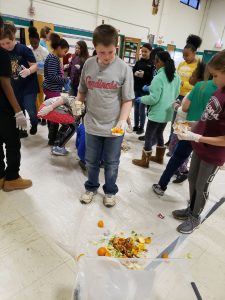 The main hands-on activity in the unit is a food waste audit, which can be performed at various scales. Students use data from the audit to calculate the estimated food wasted per person, during the school year, etc. Students end the unit by creating a community awareness or action plan to inform their community or advocate for change. A few students at Butler Elementary wrote a letter to the principal asking him to install a clock in the cafeteria so students could track how much time they had to eat. The principal took swift action and ordered the clock.
The main hands-on activity in the unit is a food waste audit, which can be performed at various scales. Students use data from the audit to calculate the estimated food wasted per person, during the school year, etc. Students end the unit by creating a community awareness or action plan to inform their community or advocate for change. A few students at Butler Elementary wrote a letter to the principal asking him to install a clock in the cafeteria so students could track how much time they had to eat. The principal took swift action and ordered the clock.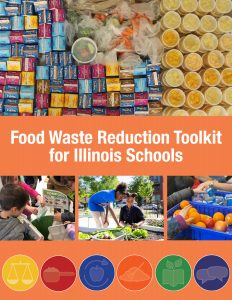 What’s the problem with food waste in schools?
What’s the problem with food waste in schools?